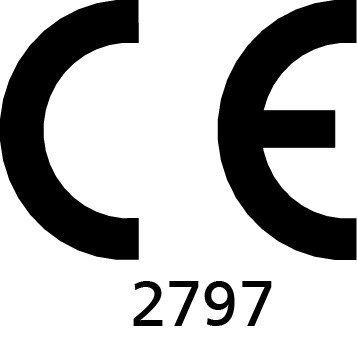How are surgical blades and scalpels numbered ?
The two piece scalpel with a metal handle and detachable blades was designed and patented in 1915 by Morgan Parker in the USA.
The American College of Surgeons encouraged him to go into large scale manufacture and having contacted medical suppliers C.R.Bard through the yellow pages they expressed an interest in the project and supplied the capital. The company Bard-Parker was formed.
It was Parker who numbered his handles one to nine and his blades from 10 to 20. These have only persisted in part with additional numbers and 'A' numbers being added especially after the patent expired in 1935. (John Kirkup, MD FRCA, Honorary Curator, Historic Instrument Collection, Royal College of Surgeons of England; Journal of Medical Biography, Volume 13, November 2005)
What do you know about the History of Surgical Blades and Scalpels?
Many of the traditional blade and scalpel shapes date back to ancient Egyptian times and have evolved overtime along with medical and surgical techniques.
Scalpels historically were a single piece knife usually with a wood or ivory handle which was replaced by metal towards the end of the 19th century in response to heat sterilization techniques. Unfortunately this tended to result in blunted blade edges and an increase in demand for intra-operative sharpening, often by a technician seated in the corner of the theatre.The sharpened scalpel then needed sterilization.
This frustrating cycle of events encouraged surgeons to use new safety razor blades (invented by King Gillette and available since 1905) gripped in a haemostat or is a special holder designed by John Murphy (1857-1916). The blunt razor blades would be discarded and replaced with a fresh sterile one without delay thus initiating the disposable era.
If Murphy's concept was somewhat clumsy, for the blade edges were straight and not adapted specifically to surgical incisions, it provided the catalyst for further research. Morgan Parker (1892-1976) heard of the issues through an Uncle and in 1915 proceeded to design and patent a two piece scalpel with a metal handle that locked to a surgical blade. The blade could be easily detached and replaced with a fresh sterile blade. On demonstrating the concept to the American College of Surgeons they encouraged him to go into large scale Manufacture. He contacted medical supplier C.R.Bard through the yellow pages and having expressed an interest they provided the office space and $500 capital. The Bard-Parker Co. Inc. was formed.
During World War 1 imported scalpels became scarce so the demand for the Bard-Parker scalpel soared, however after the war ended, Bard and Parker disagreed over the manufacture of the scalpel. Parker still wanted the company to manufacture their own products however Bard wanted to continue to subcontract it out to a company in Ohio. The two partners could not resolve their differences and in 1923 Parker bought out Bard's interest in the partnership for $23,000.
Bard- Parker was later acquired by Becton Dickinson.
It was Parker who numbered his handles one to nine and his blades from 10 to 20. These have only persisted in part with additional numbers and 'A' numbers being added especially after the patent expired in 1935. It was around this time when Down Bros and WR Swann & Co. introduced their own dismountable versions with minor decorative features such as the now famous ring pattern.
Through scrupulous quality management and technical enterprise, Swann-Morton scalpels soon became dominant in Europe, Australasia, Canada and even parts of the USA. (John Kirkup, MD FRCA, Honorary Curator, Historic Instrument Collection, Royal College of Surgeons of England; Journal of Medical Biography, Volume 13, November 2005)













